An extensive history and drawings of the K-27 locomotives can be found in the March and June 1973 issues of Model Railroader.
Other Bachmann K-27 models have snowplows, wood cabs, and tenders with rounded rear corners specific to their prototypes. The Rio Grande Southern version no. 455 includes the correct cab rebuilt after a 1944 wreck.
The model’s boiler, cab, and tender are made primarily of plastic. The engine has many separately applied parts, including metal handrails, air compressor, bell, and safety valves.
The cab interior is especially impressive with painted interior walls, gauges, oil cans, and valve handles. The side windows and cab vent open and the cab wind deflectors are positionable.
Although our sample didn’t include a snowplow, the model does have two mounting holes along the sides of the smokebox. Unfortunately, without the snowplow installed these holes are noticeable and detract from the model’s overall outstanding appearance.
The K-27 we reviewed came decorated with the “flying Rio Grande” lettering across the tender sides. This lettering was introduced on the prototype in the 1940s. All the white lettering is crisp and opaque. All the aluminum-colored striping along the edges of the cylinder caps, running boards, and tender sill are straight.
The K-27 has an impressive drawbar pull of 44 ounces, which is equivalent to 44 large scale freight cars on straight and level track.
The model features short shank cast-metal knuckle couplers installed. Bachmann also includes user-installed couplers with longer shanks for tighter radius curves as well as a set of couplers on offset shanks for use with lower 1:22.5-proportion rolling stock. User- installed hook-and-loop couplers are also provided.
I ran the K-27 forward and back through a four-foot-radius curve without difficulty.
Three slide switches are on top of the main PC board. These include an on/off motor switch, track polarity switch, and a pickup switch. This last switch allows the user to choose between track and battery power.
The K-27 is designed for easy installation of an aftermarket sound system. The tender has plenty of space for a speaker under the PC board, and the locomotive includes optical sensors in the cylinders for sound systems that support synchronized chuffs.
Inside the smokebox are three switches that control the smoke unit, cab light, and classification and flickering firebox lights. Each function can be set to DC, off, or DCC. The last setting requires the installation of a DCC decoder.
With its many options for installing sound and control systems and smooth performance, the K-27 is another winner for Bachmann. This 1:20.3-proportion mudhen is an excellent model of a favorite slim-gauge prototype.
Price: $1,400
Manufacturer
Bachmann Industries Inc.
1400 E. Erie St.
Philadelphia, PA 19124
www.bachmantrains.com
Description: Plastic and metal ready-to-run 1:20.3-proportion steam locomotive
Paint schemes: Denver & Rio Grande Western nos. 453, 463, and 464 “flying Rio Grande” lettering; D&RGW no. 455 “button” herald; Rio Grande Southern no. 455; painted but unlettered (all black and black with green boiler)
Constant headlight, classification lights, backup light, and cab lights
Die-cast metal frame and chassis
Drawbar pull: 44 ounces
Electrical pickup on all drivers and tender wheels
Flickering firebox light in cab
Interface for conversion to Digital
Command Control (DCC) or radio control (RC) operation
Metal wheels (in gauge)
Operating die-cast metal couplers (at correct height)
Operating smoke unit
Optical sensors in cylinders for sound synchronization (sound system not included)
Package of detail parts, including painted engineer and fireman figures, tools, and barrels
Pittman motor with brass flywheel
Sprung and equalized drivers
Weight: 151/2 pounds





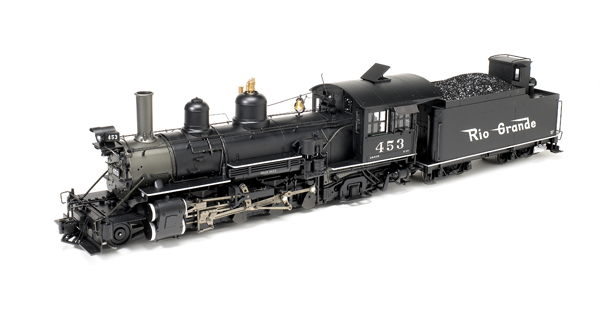
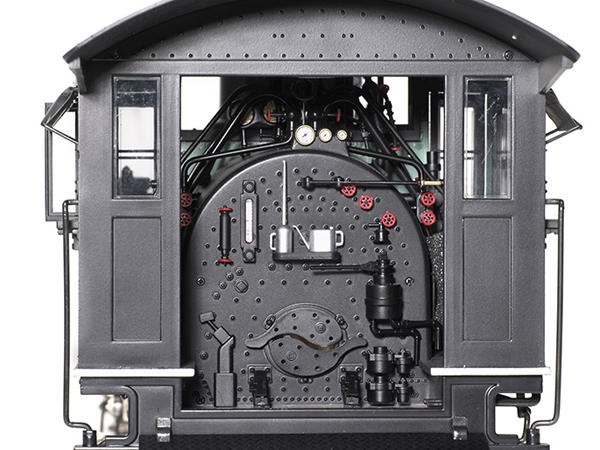
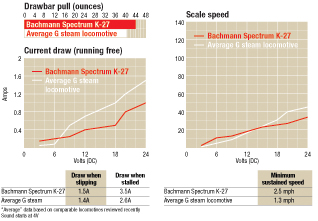
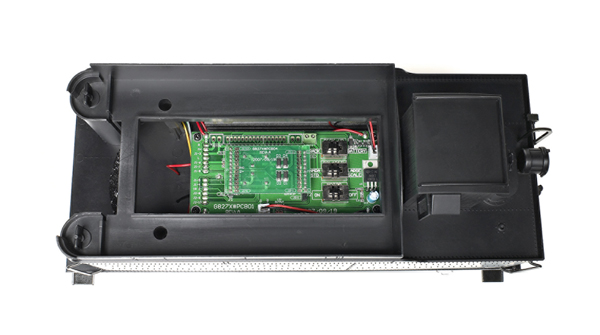

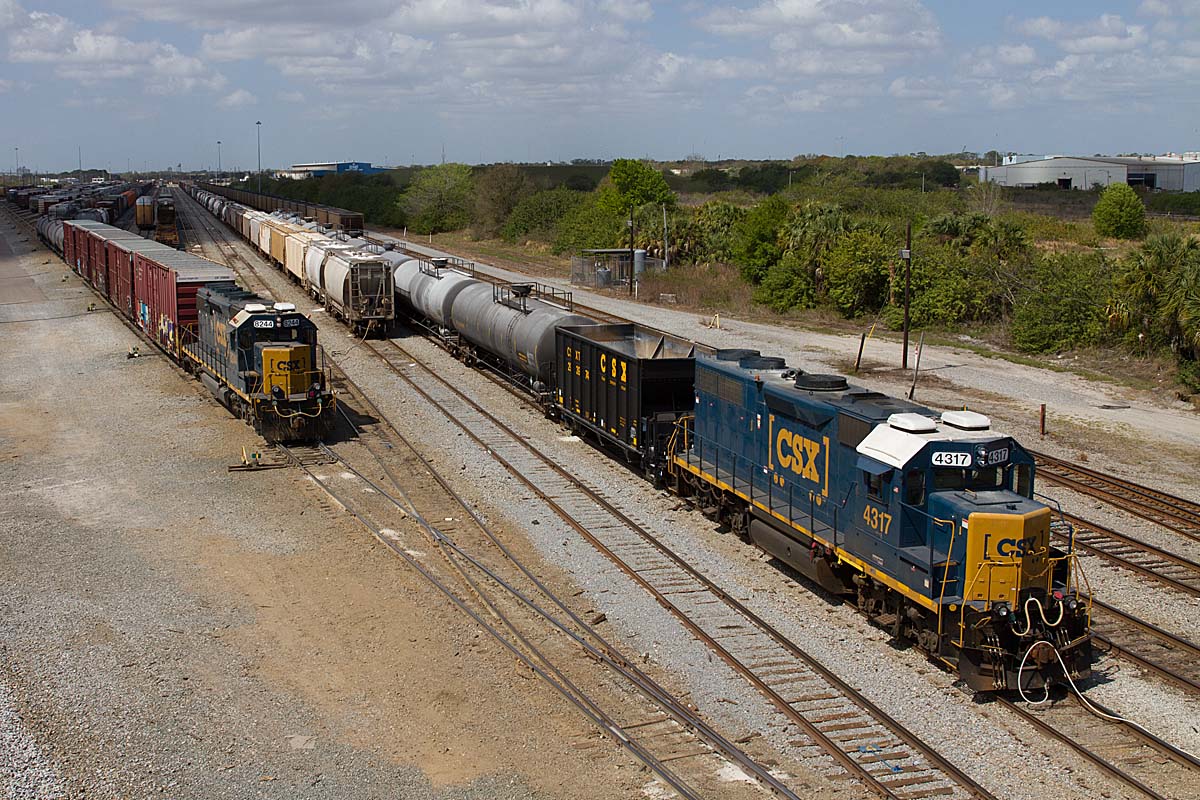
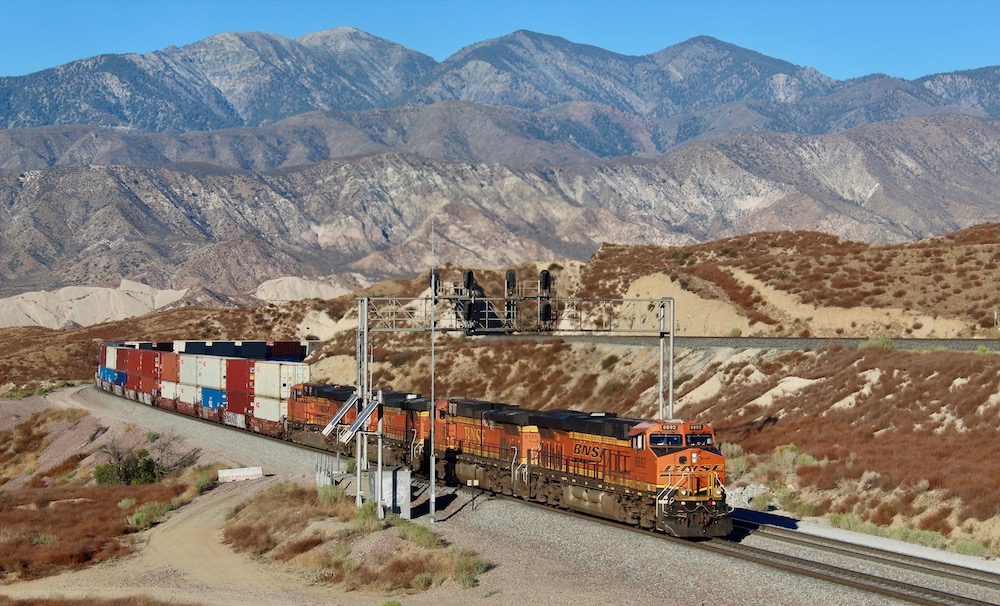
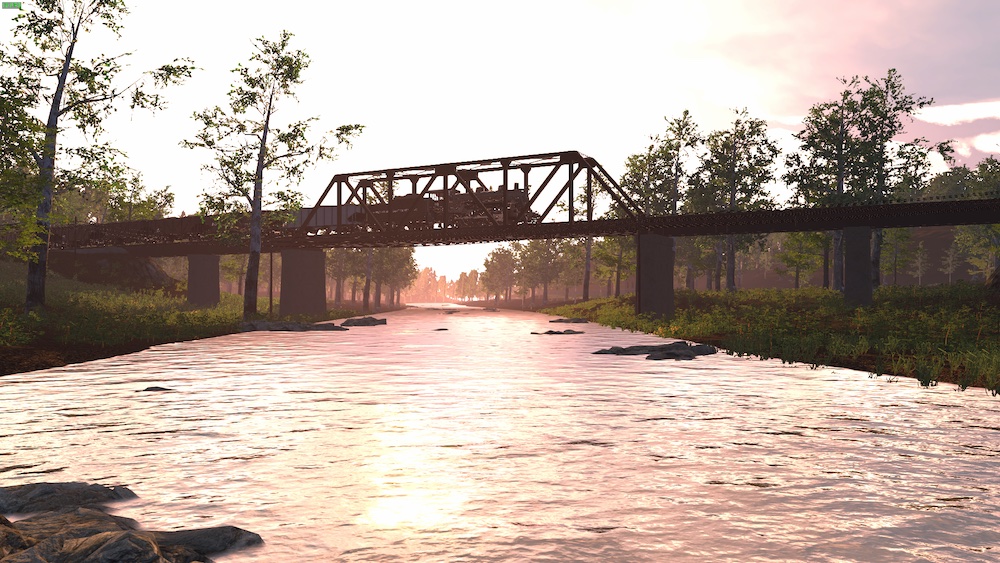
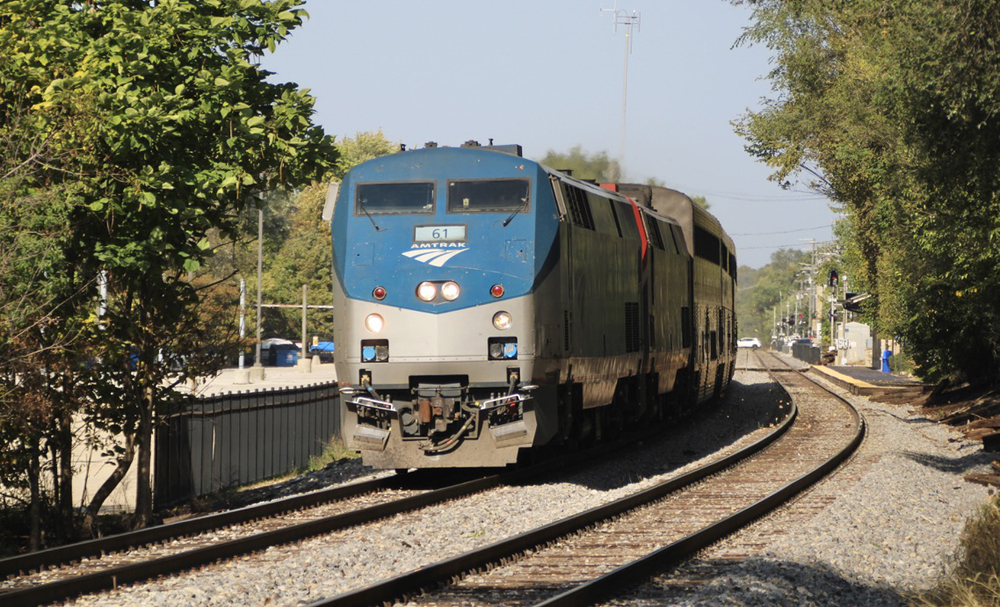




Look's A-okay!
A great looking engine.
Looks real great
This seams like a great engine but what about N-Scale